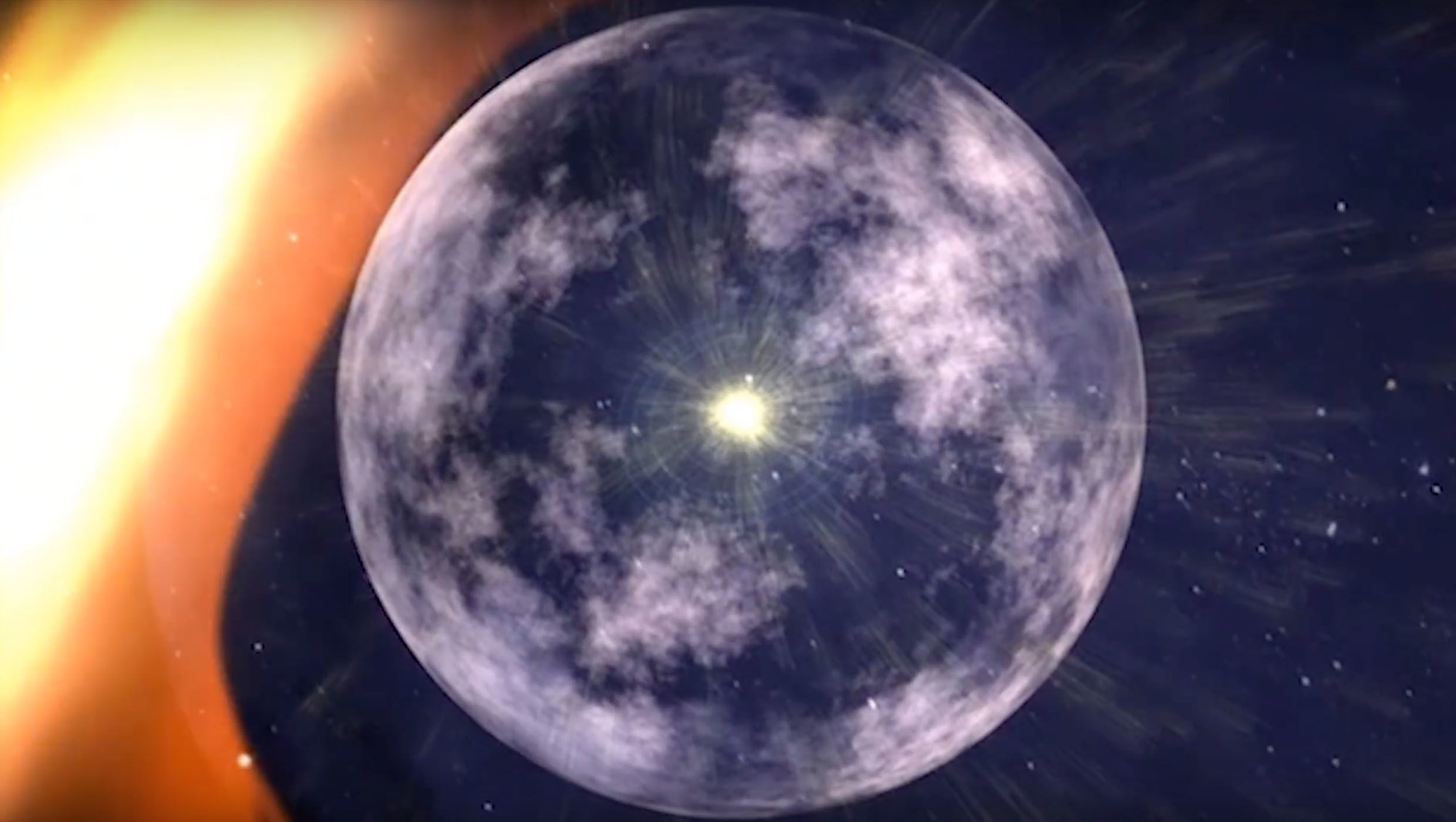Create a free profile to get unlimited access to exclusive videos, sweepstakes, and more!
NASA wants to build interstellar probe that goes further into the final frontier than the Voyagers

So NASA is possibly sending spacecraft to Mercury. And Venus. And Europa, Enceladus, Titan, Ceres, Neptune, and Pluto. But what lies beyond the familiar territory of our solar system?
Nobody expected Voyager 1 and 2 to still be functional today (at least partly functional) when they took off in 1977. NASA needs something more high-tech and hi-res to journey beyond the cosmic bubble we live in. This is why the space agency’s Jet Propulsion Laboratory (JPL) recently announced two new interstellar probe concepts at the International Astronomical Congress (IAC), both of which could shoot beyond that bubble in little more than a decade. Think of them as neo-Voyagers.
The spacecraft proposed by Leon Alkalai, JPL Manager of the Office of Strategic Planning, would turn up their speed by doing multiple flybys of distant planets. One concept would get a gravity boost from the Sun, which would mean faster results but not maximum detail. The other concept would use the enormous gravitational force of Jupiter to send it on its way. While it wouldn’t fly as fast, it would send more detailed observations.
Both Voyagers have now passed the heliosphere, but science instruments don’t age well. Many have been necessarily shut off, since 42 years is over and above a spacecraft’s life expectancy. Both are still bleeping signals back to Earth — which have still surprised us with some revelations we never expected, since the heliopause was thought to have more of a fan shape until the 2010s.
It was the Voyagers which also told us that cosmic radiation from outside the solar system accelerates in the heliosheath. Until then, scientists believed that these particles pick up speed a little closer to the Sun at the termination shock zone, which is another one of the outer limits our star can reach. That is actually where particles from solar wind begin to slow down to just under the speed of sound.
Interstellar space hides many mysteries, including what exactly happens when particles of cosmic radiation enter the outer solar system and particles of solar radiation leave. Even objects on the fringe of interstellar space need more investigation. The Kuiper Belt has hardly been explored.
Launching a new space probe that doesn't need constant upkeep like either of the Voyagers would not only expand our view of the solar system beyond the planets and moons we know, but unearth things we never imagined could exist.
(via Space.com)


























